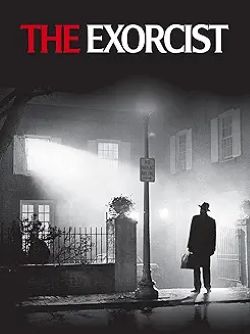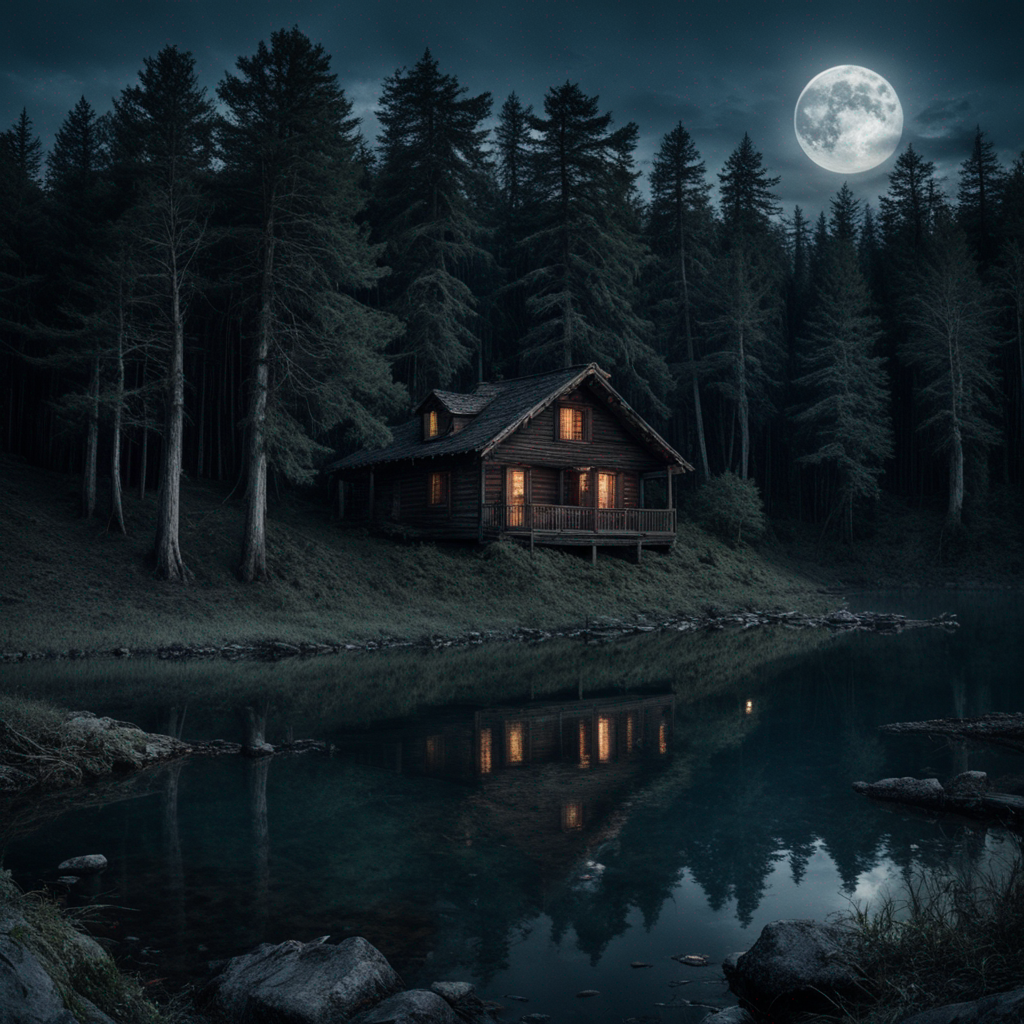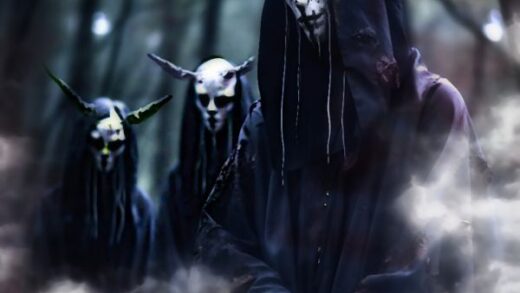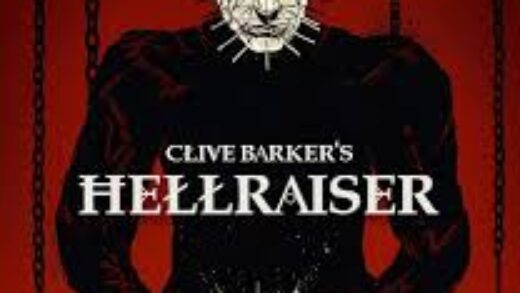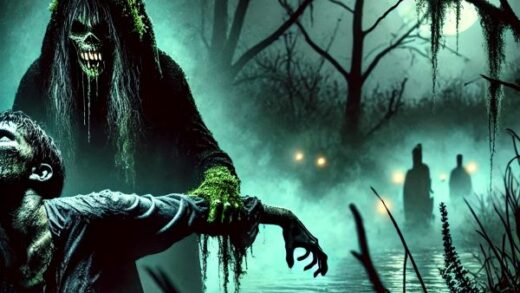“The Exorcist” stands as a cinematic enigma, intertwining the profound potency of faith with the palpable presence of fear.
This film, etched into the annals of horror cinema, taps into the eerie and the divine, drawing audiences into a realm where the spiritual collides with the sinister.
It’s characterized by a chilling narrative, exceptional performances, and an atmosphere thick with tension and dread.
“The Exorcist” doesn’t just present a tale of demonic possession; it delves into the complexities of human belief, the battles of good versus evil, and the profound mysteries of the unknown.
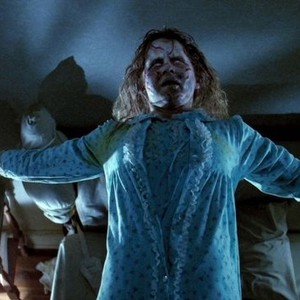
One of the most gripping aspects of “The Exorcist” is its ability to evoke a visceral response. From its unsettling opening in Iraq to the iconic scenes in a Georgetown bedroom, every element of this film is meticulously crafted for maximum impact, both psychological and emotional.
These are the main films in “The Exorcist” series.
| Movie Title | Release Date |
|---|---|
| The Exorcist | December 26, 1973 |
| Exorcist II: The Heretic | June 17, 1977 |
| The Exorcist III | August 17, 1990 |
| Exorcist: The Beginning | August 20, 2004 |
| Dominion: Prequel to the Exorcist | May 20, 2005 |
Understanding “The Exorcist”
The Exorcist, a film adaptation of William Peter Blatty’s novel, emerged as a defining piece in horror cinema. Its narrative revolves around the demonic possession of a young girl and the subsequent exorcism performed by two priests.
However, beneath its surface, the film explores themes of faith, doubt, and the eternal struggle between light and darkness.
Historical Background Released in 1973
The Exorcist arrived at a time when the horror genre was evolving. It transcended typical horror tropes, offering a deeply psychological and spiritual experience.
The film’s release was met with controversy and fascination, becoming a cultural phenomenon and igniting conversations about the supernatural and religious beliefs.
Unlike its contemporaries, “The Exorcist” anchored its terror in a reality that resonated with audiences worldwide. It wasn’t just about the scares; it was about the profound questions it posed and the feelings it evoked.
Key Characteristics Atmosphere
The Exorcist is renowned for its oppressive and foreboding atmosphere. The film’s use of lighting, sound, and set design creates an environment that is both realistic and nightmarish.
Performances:
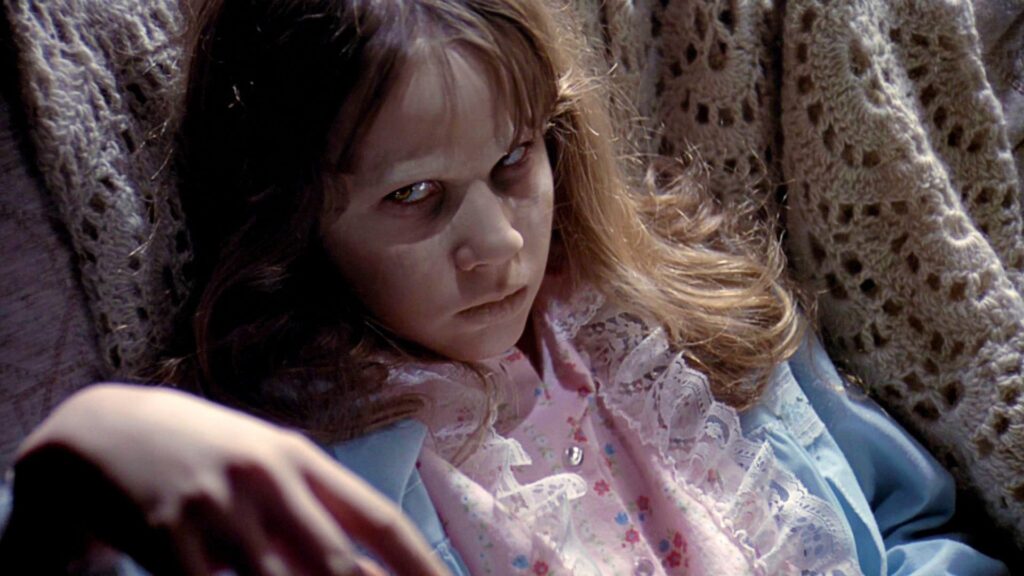
The cast delivers powerful performances that bring depth to their characters. Linda Blair’s portrayal of Regan, the possessed child, is particularly noteworthy for its intensity and authenticity.
Special Effects:
Groundbreaking for its time, the special effects in “The Exorcist” are both disturbing and impressive, contributing to some of the film’s most unforgettable moments.
Music:
The film’s sparse but effective use of music, including Mike Oldfield’s “Tubular Bells,” adds to the eerie and unsettling tone.
Themes:
At its core, “The Exorcist” is a meditation on faith, the nature of evil, and the human capacity to confront darkness. It challenges viewers to confront their own beliefs and fears.
Faith and Doubt:
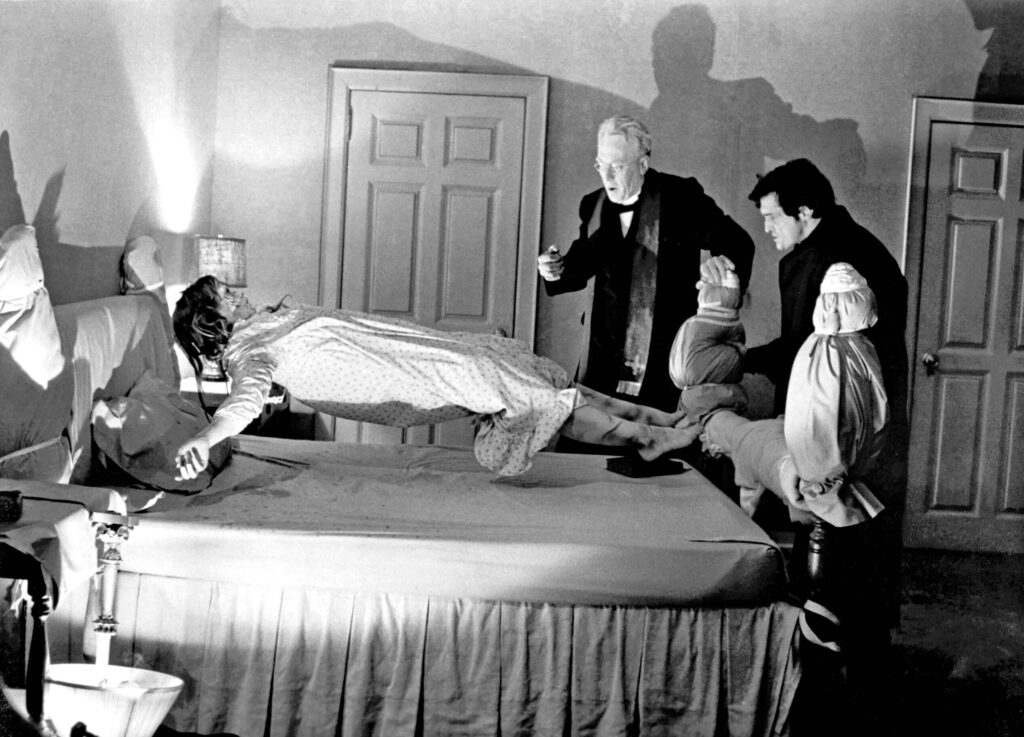
The film delves into the complexities of faith, especially through the character of Father Karras, a priest grappling with his own doubts.
Good versus Evil:
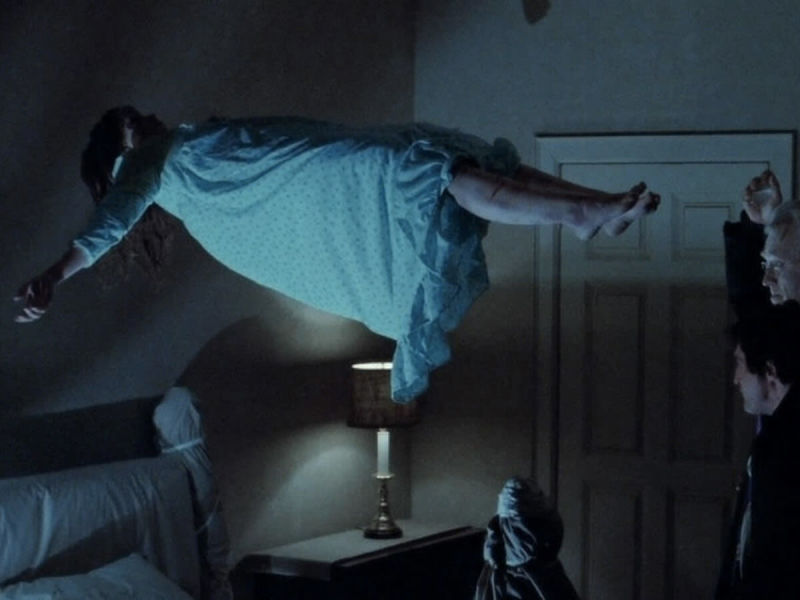
The battle between good and evil is central to the story, not just in the literal exorcism but in the moral and spiritual conflicts faced by the characters.
The Human Psyche:
The film examines the human psyche, touching on issues of mental health, adolescence, and the impact of supernatural terror on the mind.
The Power of Fear:
Fear is a fundamental element in “The Exorcist,” employed masterfully to engage the audience:
Psychological Fear:
The film taps into deep-seated fears, using the terror of the unknown and the unthinkable to create a profound sense of dread.
Visual Horror:
Graphic and unsettling visual elements contribute to the film’s horror, from Regan’s physical transformation to the intense exorcism scenes.
Atmospheric Tension:
The film maintains a constant sense of tension, using atmosphere and pacing to keep viewers on the edge of their seats.
Incorporating The Exorcist in Modern Horror:
The Exorcist has left an indelible mark on horror cinema and continues to influence modern horror in various ways:
Inspiration for Filmmakers:
The film serves as a benchmark for horror filmmakers, inspiring them to explore deeper themes and push the boundaries of the genre.
The Exorcist remains a reference point for what horror can achieve in terms of narrative depth, character development, and atmospheric tension.
Elements from “The Exorcist” are often revived or paid homage to in modern horror films and series, reflecting its enduring impact on the genre.
Where to Experience “The Exorcist” For those looking to immerse themselves in the chilling world of “The Exorcist,” here are some ways to experience the film:
